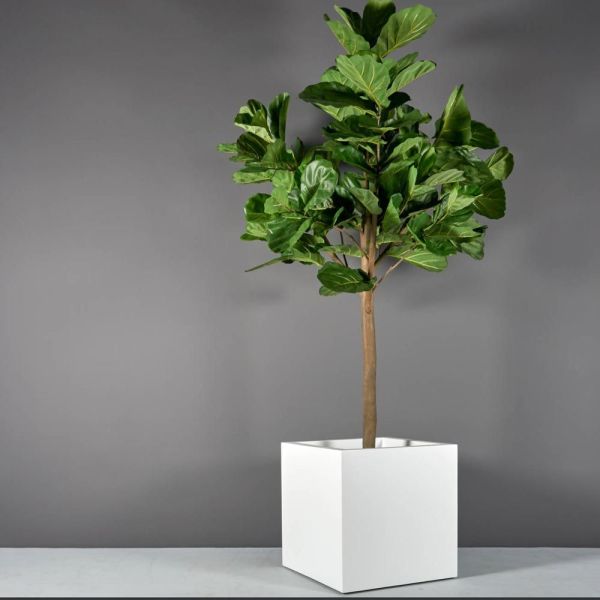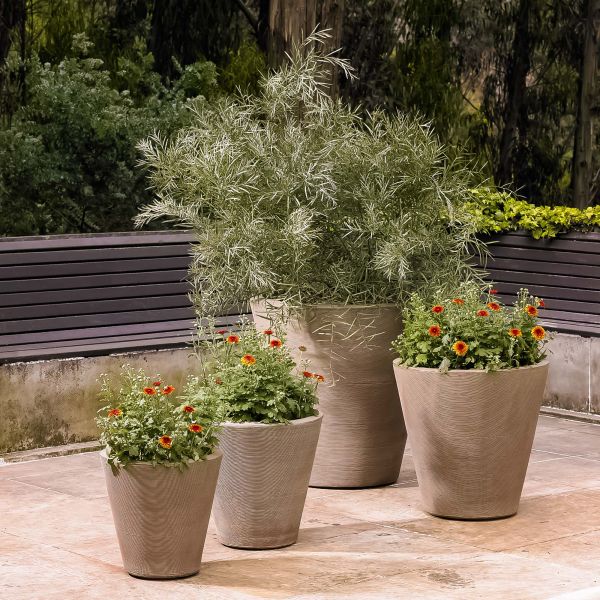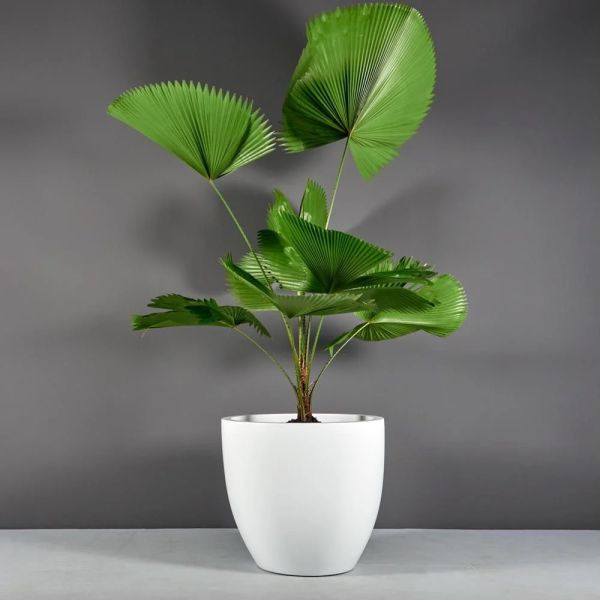Growing Citrus Trees Indoors

Citrus trees are the perfect blend of function and beauty. From their glossy leaves to fragrant blossoms and vibrant fruits, they’ll add a Mediterranean charm to your indoor designs, making them an irresistible feature for your projects. While citrus plants demand a little extra care, their aesthetic and scent are worth it to wow your clients. Whether you’re styling a home, restaurant, or office, incorporating these trees can elevate your designs and create memorable spaces.
From Meyer Lemon Trees to Calamondin Orange: Styling Indoor Citrus Plants
For decorators, citrus trees can be statement pieces that transform any space:
- Living centerpieces: Use an indoor orange tree in a modern living room to add a pop of color and texture.
- Tropical accents: Incorporate an indoor lime tree into a lush, resort-inspired theme.
- Functional decor: Add an indoor lemon tree to a kitchen and add beauty and utility.
Can Citrus Trees Survive Indoors?
Yes, citrus trees can survive—and even thrive—indoors with the right care! While these sun-loving plants naturally prefer outdoor conditions, their adaptability makes them a stunning option for interiors. The key lies in mimicking their ideal environment:
- Sunlight: Citrus trees like full sun, so aim for a spot in your design that can provide 8–12 hours of bright, direct light daily. Use a south-facing window or grow lights for optimal results.
- Humidity: Citrus trees enjoy high humidity. Mist the leaves regularly or place a humidifier nearby to keep the air moist.
What’s the Easiest Citrus to Grow Indoors?
When selecting the best citrus trees for indoors, opt for dwarf varieties that are both compact and low-maintenance. These trees require extra large containers so their roots have space to grow and thrive:
- Indoor Lemon Tree (e.g., Meyer Lemon): Known for its fragrant blossoms and tangy fruit, this is a top choice.
- Indoor Lime Tree (e.g., Key Lime): Compact and perfect for small spaces, this variety is easy to manage.
- Indoor Orange Tree (e.g., Calamondin Orange): Both decorative and functional, with small, flavorful fruit.
These varieties adapt well to indoor conditions and are relatively easy to care for.
Can You Grow a Lime Tree Indoors?
Absolutely! A lime tree indoors thrives with the right light, warmth, and humidity. Key Lime and Persian Lime are excellent choices for compact spaces.
Looking for an extra large planter for trees? Here are some of our favorite huge planters.
How Do You Care for Potted Citrus Trees?
Caring for a potted citrus tree involves replicating its natural environment as much as possible:
- Potting mix: Use a slightly acidic, well-draining mix with organic matter and peat for healthy root growth.
- Watering: Water when the top 1–2 inches of soil feel dry, but avoid overwatering to prevent root rot.
- Fertilizing: Feed with a citrus-specific fertilizer during the growing season (spring and summer).
- Pruning: Trim regularly to maintain shape and encourage airflow.
Should You Mist Citrus Trees?
Yes! Misting helps maintain humidity levels and keeps the leaves dust-free, which is essential for photosynthesis.
Do Citrus Trees Like Full Sun or Shade?
Citrus trees love full sun. Place them in a client’s space where they receive 5–8 hours of direct light daily or supplement with grow lights.
How Often Should I Water a Citrus Tree Indoors?
Water when the topsoil feels dry. Frequency will vary depending on humidity levels, but avoid letting the roots sit in water.
How Long Does It Take for a Citrus Tree to Start Producing Fruit?
It typically takes 2–3 years for a grafted tree to bear fruit. Hand-pollination may be needed indoors to encourage fruiting.
How Long Do Potted Citrus Trees Live?
With proper care, potted citrus trees can live for decades—30–50 years or more!
Do Lemon Trees Like Coffee Grounds?
Yes, lemon trees appreciate coffee grounds in moderation. They provide nitrogen and help maintain the slightly acidic soil citrus trees prefer.
How Do I Keep My Client’s Lemon Tree Happy?
Ensure it gets plenty of light, proper watering, and a regular feeding schedule. Keep it in a well-draining pot and maintain a consistent humidity level to avoid stress. If your design will be in a cold climate, avoid placing near a door to avoid drafts.
Final Thoughts
Incorporating citrus tree care indoors into your design projects not only enhances aesthetics but also adds a dynamic element to a client’s space.
Ready to elevate your projects with an indoor citrus plant? With the right care and thoughtful styling, citrus trees will thrive, creating stunning and fragrant focal points in any interior.
You May Also Like
Leave a Reply
You must be logged in to post a comment.






















